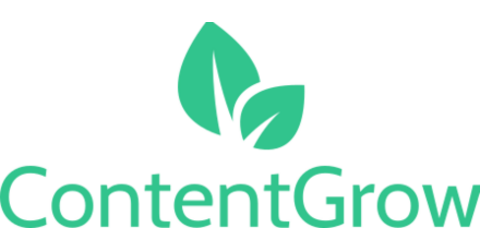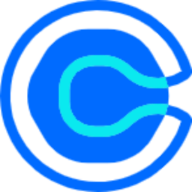AI as a tool, not replacement: content strategist John Egan's approach to efficiency without losing the human touch
Content strategist John Egan explains how AI enhances his freelance business workflow while maintaining the human creativity that clients value most.
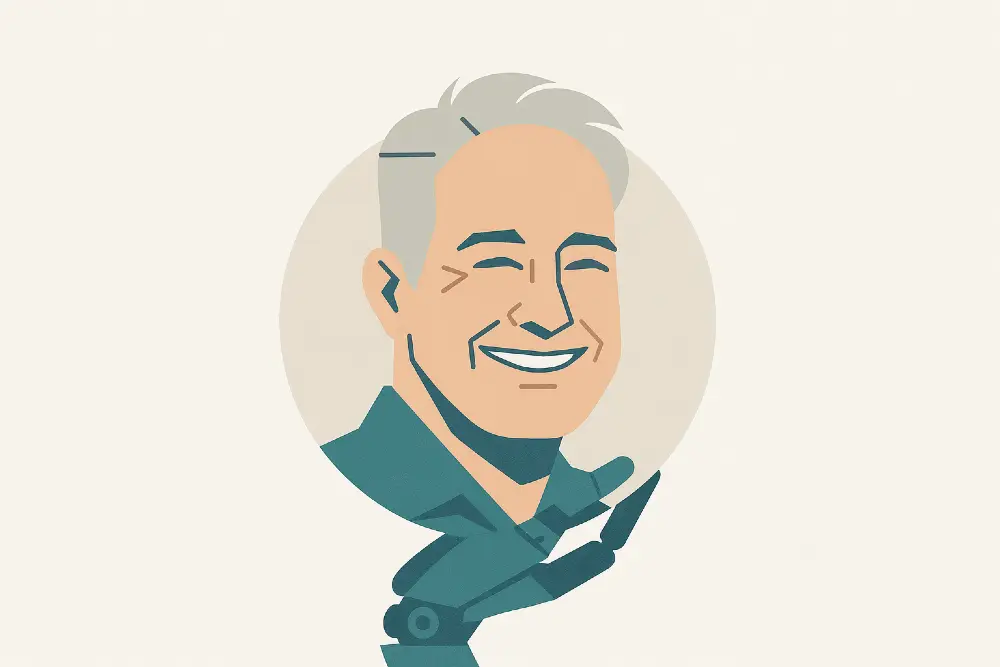
Content strategist John Egan has built a successful freelance business by adhering to one core principle: AI should enhance human expertise, not replace it. As the founder of Jayhawk Media LLC, a Texas-based content creation and strategy consultancy, John has worked with major brands including Forbes Advisor, Bankrate, and Experian while maintaining a distinctly human-centered approach to content marketing.
Jayhawk Media specializes in content creation and strategy for industries including personal finance, commercial real estate, HR, and financial services. The company stands out in a crowded market by grounding its work in journalistic standards—a reflection of John's nearly two decades of experience as a journalist, editor, and content strategist, including seven years as managing editor and then editor of the Austin Business Journal.
His book, "The Stripped-Down Guide to Content Marketing: Success Secrets for Beginners," has become a go-to resource for professionals entering the field. The consultancy's unique value proposition centers on creating data-rich, context-heavy content that John describes as "written by humans, for humans."
In this interview, we explore John's practical approach to AI integration, from his initial ChatGPT experiments to the specific workflows that now save him hours weekly. We'll examine how he maintains competitive advantage through strategic AI adoption while preserving the human creativity that clients value most.
From curiosity to strategic workflow: how AI fits into John's process
Like many professionals, John's AI journey began with ChatGPT, but not out of necessity. "I wasn't trying to solve a problem so much as trying to figure out what it does and why everyone was chattering about it," he explains. This exploratory approach has shaped his measured adoption of AI tools—he remains primarily focused on ChatGPT rather than chasing every new platform that emerges.
Today, John's workflow demonstrates a strategic integration of AI that amplifies rather than replaces human capabilities. He uses ChatGPT for lead generation, content outlines, customer persona development, copy improvement, and proposal creation. However, his approach maintains clear boundaries between AI assistance and human oversight.
"AI supplements my work by improving efficiency and workflow. But it does not replace what should be done by humans," John emphasizes. "And that is creating data- and context-rich content that is written by humans, for humans. AI-produced content tends to be bland. Human-generated content tends to be vibrant."
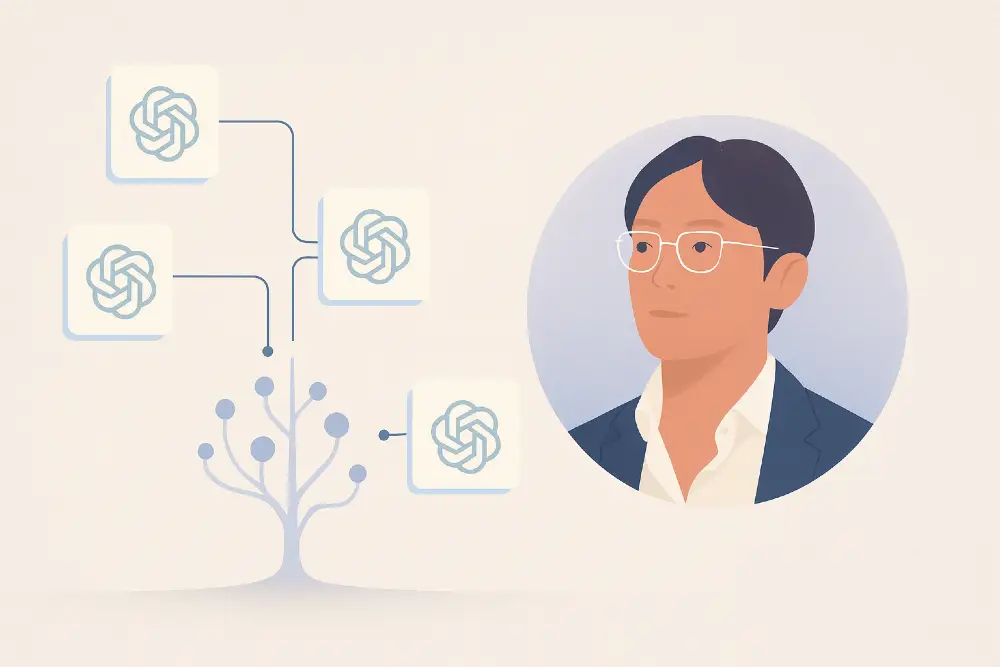
Measurable impact and strategic limitations: balancing efficiency with human insight
The efficiency gains from John's AI integration are substantial and measurable. He can now create client proposals in minutes instead of hours, provided he enters the right prompts. AI also helps him organize projects like content audits and find prospective clients more quickly than traditional Google searches would allow.
He credits his business coach, Ed Gandia, for two particularly effective prompt frameworks that have transformed his client outreach. One generates "warm" emails for potential clients, while another walks users through creating compelling offers. "Both of these tools save a tremendous amount of time—but, again, as long as you feed them the proper prompts and continue tweaking the output," he notes.
This emphasis on prompt refinement reflects a mature understanding of AI limitations. Plenty of marketers who use generative AI to draft emails report it as effective, but success depends heavily on prompt quality and human oversight - exactly the approach John advocates.
Despite AI's efficiency benefits, John identifies a critical limitation that keeps human oversight essential: context. "One of the things that AI still has not nailed down is the ability to infuse enough context into copy," he explains. "For instance, it might do a great job of giving you tips on how to reduce credit card debt, but it doesn't routinely include data or anecdotes that would make the content more robust."
John's philosophy extends beyond personal workflow to strategic business positioning. "AI should be viewed as a tool in your content marketing toolbox, and not as a way to broadly handle various tasks that still benefit from the human touch," he advises. "Never forget that people like interacting with other people - not with AI. Leaning too heavily on AI can make your content look and feel as if it were created by a robot."
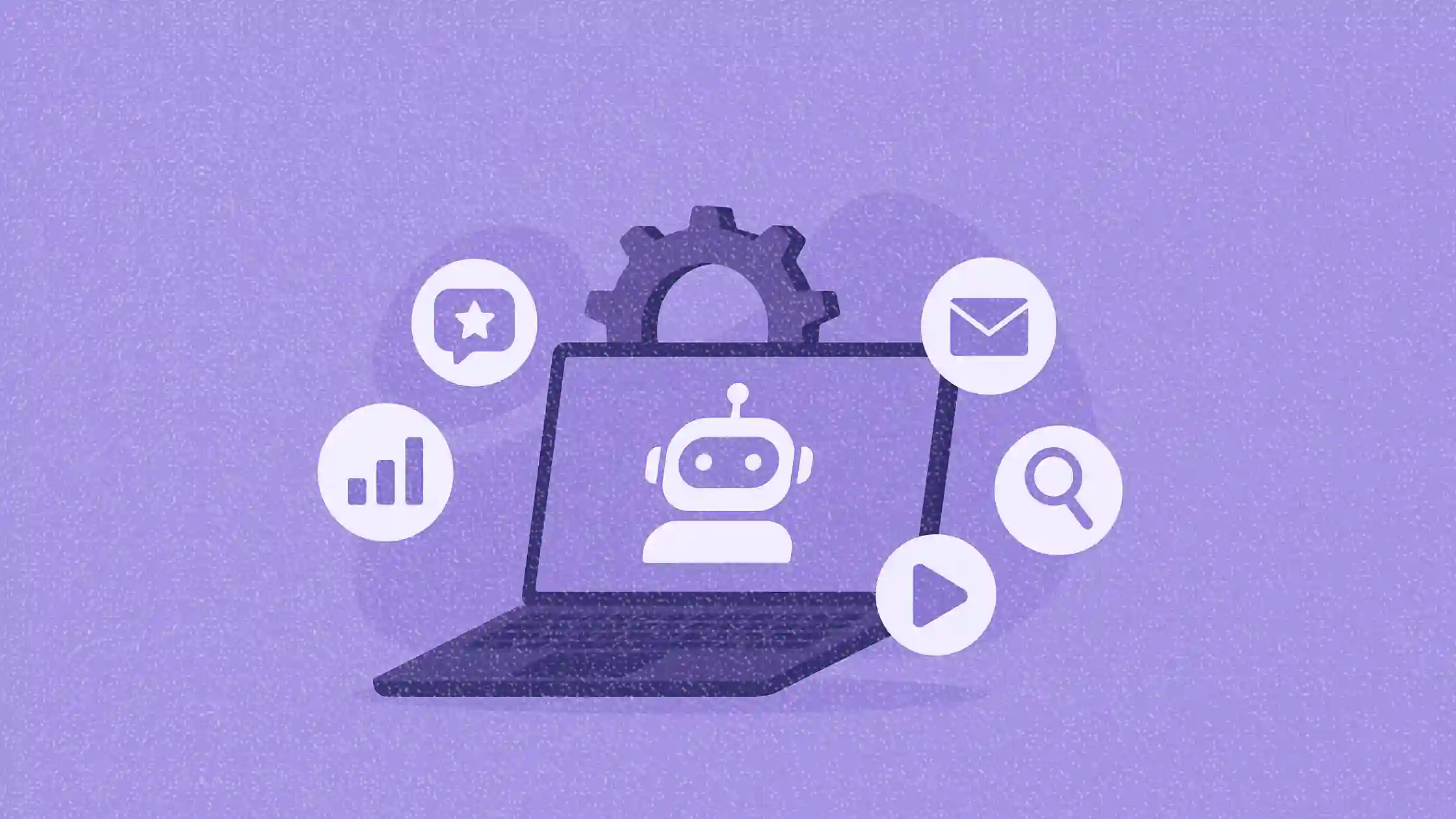
Strategic recommendations for fellow marketers
For marketing professionals considering AI adoption, John recommends treating it as one tool among many rather than a comprehensive solution. His success stems from identifying specific use cases where AI provides clear efficiency gains—proposal writing, lead research, content organization—while maintaining human control over creative and strategic decisions.
The data supports this measured approach. 76% of marketers find reducing time on repetitive tasks as AI's top benefit, while 60% of marketers see AI as an assistant for their job duties rather than a replacement. John's framework offers a practical model for achieving these benefits without sacrificing the human creativity that clients value most.
As AI continues evolving, John's approach—strategic adoption focused on efficiency gains while preserving human expertise—provides a roadmap for content marketers seeking to leverage new technology without losing their competitive edge. In an industry where 88% of marketers believe they must implement AI to stay competitive, his balanced philosophy offers both practical guidance and sustainable competitive advantage.
